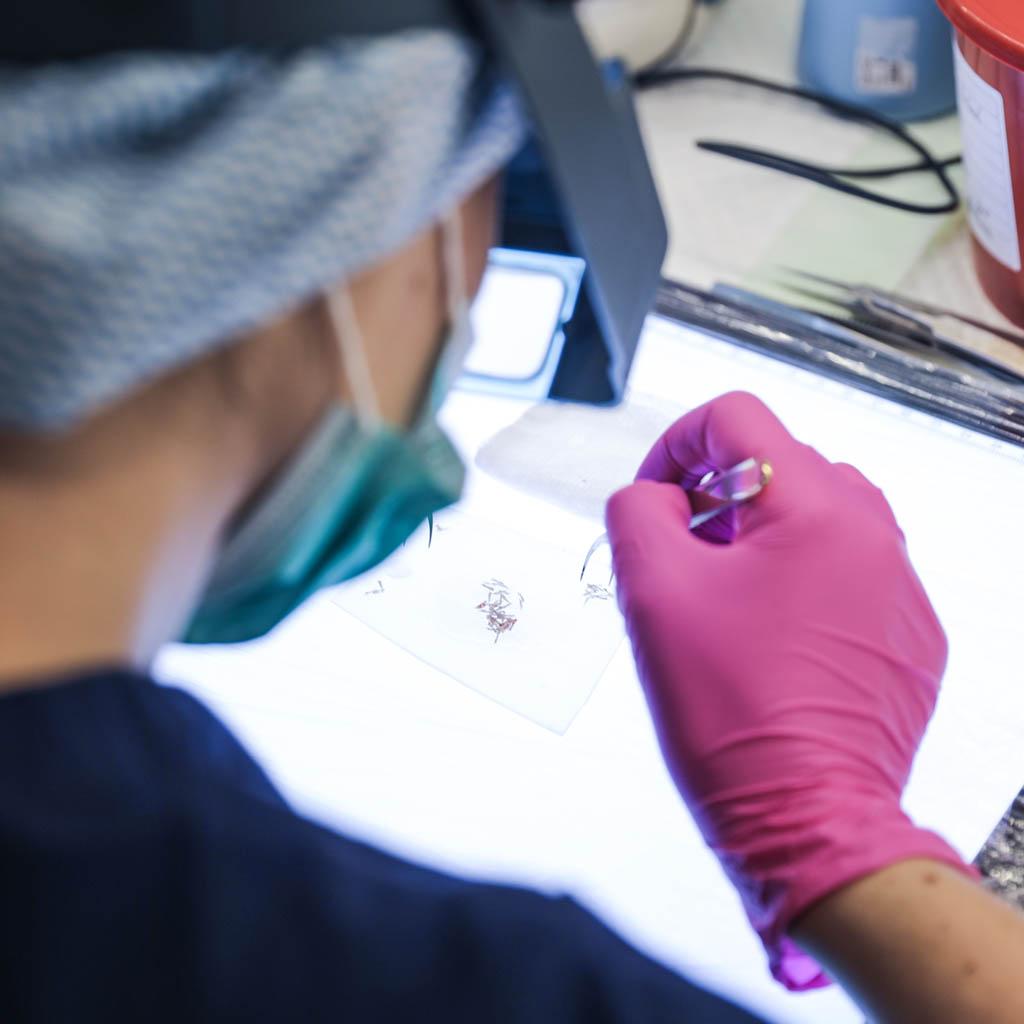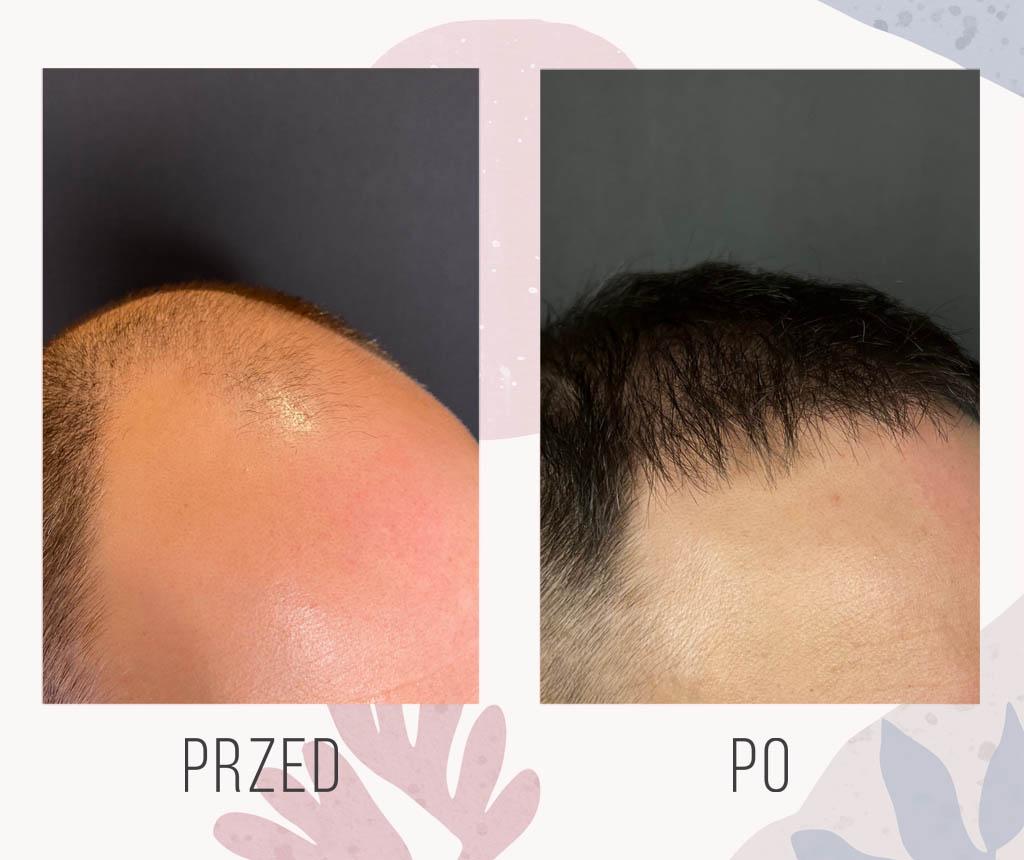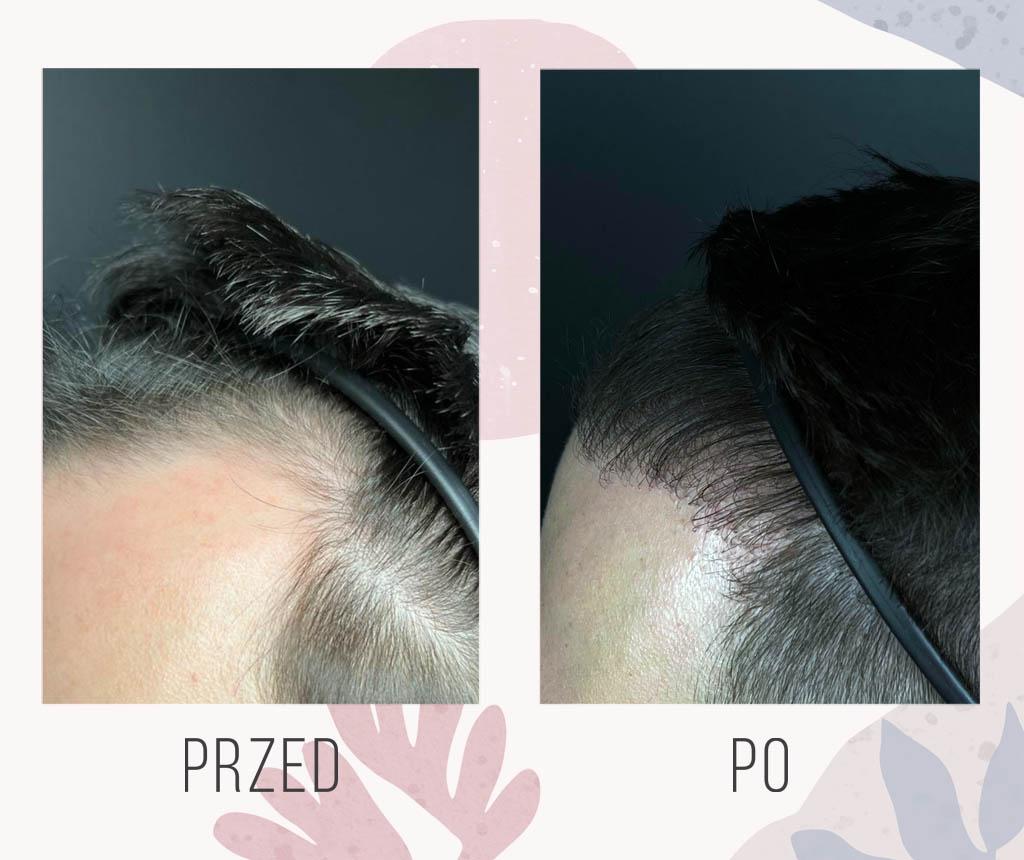TL;DR:
- Hair transplant results vary, with before and after photos offering a glimpse of potential outcomes.
- Follicular Unit Extraction (FUE) is popular, leaves minimal scarring, and results can be long-lasting with natural appearance.
- Ideal candidates are in their late 20s to 50s with a stable pattern of hair loss.
- Hair transplant technology is continuously improving, ensuring natural results and efficient healing.
- Full results appear 12-18 months post-surgery, with the donor area healing well.
- Pre and post-op hair care is crucial for success and natural integration of the transplants.
- Celebrity endorsements increase trust in hair transplant success; scarring visibility varies with technique and individual healing.
- Not every individual is suitable for hair transplants; efficacy depends on gender, age, hair loss stability, and overall health.
Thinking about a hair transplant? Wondering if it’s worth it or just hype? I get it. You want the truth about those before and after photos. Are they real? Can you expect that same amazing change? Let’s dive into what really happens when you go under the knife for fuller hair. You’ll see real stories and facts about hair restoration and why it might be the confidence boost you’re searching for. Ready for a change? Keep reading—we’ve got the scoop!
What Can You Expect From Hair Transplant Results?
How Do Before and After Photos Reflect Realistic Outcomes?
Seeing is believing, right? That’s why before and after photos are key. They show what’s possible with hair transplants. But let’s keep it real. Everyone’s results vary. It’s all about having a clear pic of what to expect. Want to get a good sense of hair restoration results? Start with these photos. They help you see the change, but remember, they’re only a sneak peek of the full story. Your own results depend on how your hair loss plays out and what your head’s starting point is.
What Are Common Success Stories Associated with FUE?
Let’s chat about FUE, or Follicular Unit Extraction. This is one hair transplant way that folks love. And why? Well, it leaves almost no scars and heals fast. Stories tell us that people are pretty happy with their FUE results. They get back hair that looks natural and lasts long. We’re talking serious hairline game-changers here. And don’t worry about the hair getting the boot from your body. It’s your own hair, just moved from here to there! Plus, clinics like OT.CO, they go all in. They make a plan just for you, looking at how your hair’s doing and what you want out of it. With free chats and help anytime, they’ve got your back.
Now, can anyone just walk in and get it done? Not so fast. The best folks for this are usually between their late 20s and 50s. If that sounds like you, then hey, you could be onto a winner. Just get ready to wait a bit, like 12 to 18 months, to see your full-on hair glory. But when it shows up, it could be here to stay for good.

How Is Follicular Unit Transplantation Performed?
What Innovations Are Present in Hair Transplant Technology?
Hair transplant tech grows each day. We use new tools to move hair with care. This helps your hair look full and real. The tech makes sure your head heals well.
Can Visuals Help Understand the Surgical Hair Replacement Process?
Yes, seeing how we do it helps a lot. You can watch and learn each step. It shows how we take hair and put it where it’s needed. This makes you trust the process more.
OT.CO Clinic shows us real change with hair transplants. They use 2500 to 6100 grafts. Pictures show us how you might look after. They check old photos and hair loss ways. They use a tiny scope to see your hair up close. This helps to plan your hair fix right. Dr. Piotr Turkowski uses smart ways to move hair. He keeps your hair looking strong. And he saves hair in the back of your head.
If you lost hair and it stopped, you might be right for this. You should be healthy and know your hair loss story. People in their late 20s to 50s are good fits often. Hair fixes can make you feel good about how you look. And it looks real too. But you need to save some money for this. And think real about how it will turn out.
The hair we move stays with you, maybe forever. In12 to 18 months, you’ll see the full change. Most hair moves work out, with 90-100% of grafts staying put. In one go, we might move up to 3500 grafts. How much hair you need depends on how bad your loss is. A full head fix can need 3500 grafts. We take hair without hurting the back of your head.
Your body won’t say no to the new hair. We use your hair, so it’s all good. OT.CO Clinic it’s the best place to hair surgery. They help people all over, every day. They answer your questions when you need it.

What Does the Hair Transplant Progression Look Like?
What is the Expected Timeline for Hair Grafting Recovery?
From day one, hair grafting recovery takes time. In the first week, you’ll see scabs around hair grafts. By two weeks, these should fall off. After a month, the transplanted hair may fall out. Don’t worry; this is normal. New growth starts at around three to four months. At six months, you will see more changes. You should see full results from twelve to eighteen months.
Learning about scalp wellness can help you understand this better. Hair growth takes time, so patience is key.
How Does the Donor Area Heal Post-Transplant?
The donor area heals well after a transplant. You might feel sore for a few days. The area gets better each day and should heal fully in about two weeks. Tiny dots may stay in the donor spot but get less visible over time. The hair from the donor site keeps growing. You can cut and style it just like the rest of your hair.
OT.CO Clinic’s Dr. Turkowski uses special methods to make sure the donor area stays healthy. They use your own hair, so your body won’t reject it. They work to give you a natural look and take care not to hurt the donor site.
How Do Pre and Post-Op Hair Care Influence Results?
What Are the Essential Hair Care Tips Before and After Surgery?
Taking care of your hair before and after surgery is key. It helps your scalp heal and can make sure your new hair looks its best. Before surgery, keep your hair and scalp clean. This keeps away germs and preps your skin. After surgery, you’ll need to be gentle with your hair. Avoid harsh chemicals and heat styling. Use the right shampoos that your doctor suggests. Also, protect your head from the sun and don’t scratch your scalp.
How Does the Scalp Heal Following a Transplant?
Your scalp’s healing is a big deal after getting new hair. The first days are vital. You might see some redness and swelling. This is normal. Your skin is getting used to the new hair. Over time, the redness fades, and the swelling goes down. You need to keep the area clean and follow your doctor’s advice closely. Stick to their care plan, and soon enough, your new hair will start to grow. It’ll blend in with your other hair. It’ll look natural, just like it should.
A clinic like OT.CO Clinic will show you what to expect. They take your past photos and look at your hair loss. Then they come up with a plan just for you. They use cool tools and methods to place the hair right. This makes sure your hairline looks good and your donor area stays healthy. You want to go to a place that knows what it’s doing. This way, you can relax, knowing you’re in good hands.

Which Factors Determine the Long-Term Success of Hair Transplants?
What Role Does Celebrity Endorsement Play in Hair Transplant Success?
Stars show us hair fixes can work well. They share their stories, and we look up to them. This can push us to think about getting hair help. When we see a celeb’s hair grow back, we believe it could happen for us too. We trust in the fix because someone famous did it and it worked.
How Visible Are Scars from Hair Transplantation in the Long Term?
Over time, hair transplant scars can fade. How much they show depends on the skill of the doc and the way your skin heals. With good care and the right method, like FUE, scars are often hard to spot. The FUE method takes hair one by one, so it leaves tiny dots that get hidden as your hair grows.
When you think about a hair fix, you look for lasting results. You want to feel sure your new hair will stick around. Doctors at places like OT.CO Clinic work to make sure you get the best shot at long-term success. They look at your old photos and hair fall patterns. They use microscopes to pick the best way to move your hair. Their goal is to make your hair look as it did before or even better.
The right age and health matter a lot for hair fixes. If you are in your late 20s to 50s, and your hair fall has stopped, you could be just right for this. The doc will look at your health and hair past to make sure.
Think about how you will feel when your hair is back. It can make you like how you look more and boost your mood. But remember, it costs money and you must think real about what to expect. Your own hair, moved to where it’s needed, can last your whole life. You’ll see the full change in 12 to 18 months. Most times, the hair stays put with a lot of grafts living on. You might need up to 3500 grafts for a full head of hair.
Docs take care not to hurt the spot they take hair from. There’s no worry about your body saying no to the new hair. It’s all yours, after all! And if you have any worries, OT.CO Clinic is there to help, any time, all around the world.
Are Hair Transplants Suitable for Everyone?
What Are the Differences in Hair Restoration Between Men and Women?
Men and women have different hair loss patterns. For men, hair often thins at the top of the head and the hairline. Women usually keep their hairline but thin out across the whole scalp. Here’s more on hair restoration.
Women’s hair transplants before and after can show vast improvements. But the approach might differ. For men, restoring a receding hairline is common. Surgeons must work carefully to create a natural look for both sexes.
How Does Age Affect Hair Transplant Efficacy and Recovery?
Age-related hair recovery is a big part of hair transplants. Young patients may not be the best candidates. Their hair loss can still change a lot. Older patients tend to have a stable pattern of hair loss. This makes the outcomes more predictable.
Patients in their late 20s to 50s often see the best results. Your doctor will look at your health and hair loss history. This helps to see if a hair transplant is right for you.
Here’s the bottom line: not everyone is a good fit for a hair transplant. It depends on sex, age, and your hair’s health. A chat with a hair expert is the best first step. They can tell you if a hair transplant could work for you.
Conclusion
We’ve looked at hair transplants from all sides. We saw before and after shots and learned how FUE works. We explored how hair grows back and how to care for it. We even talked about long-term success and who hair transplants work best for. Remember, good results depend on your care and the right doctor. Choose wisely to get the hair you hope for.






